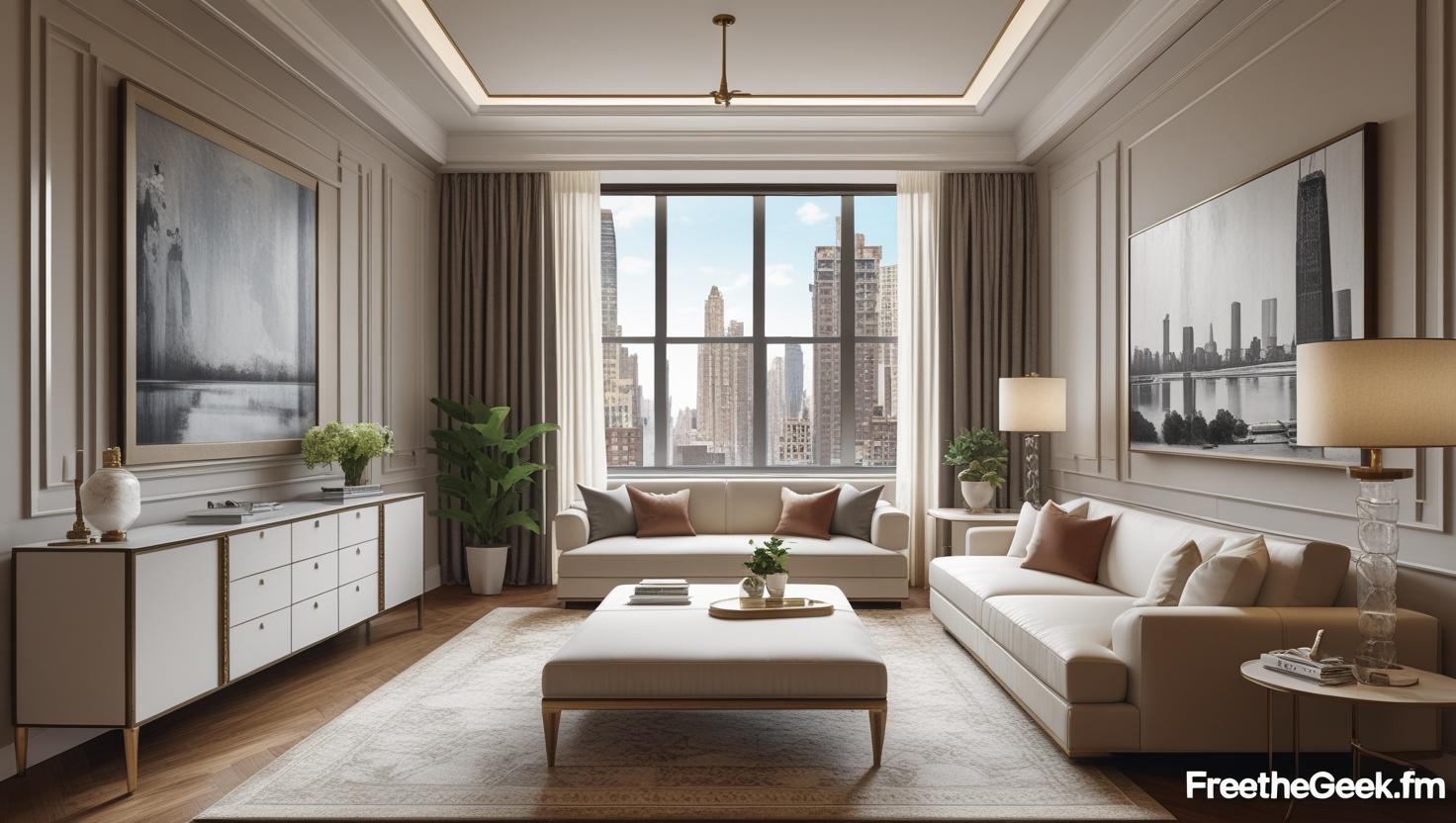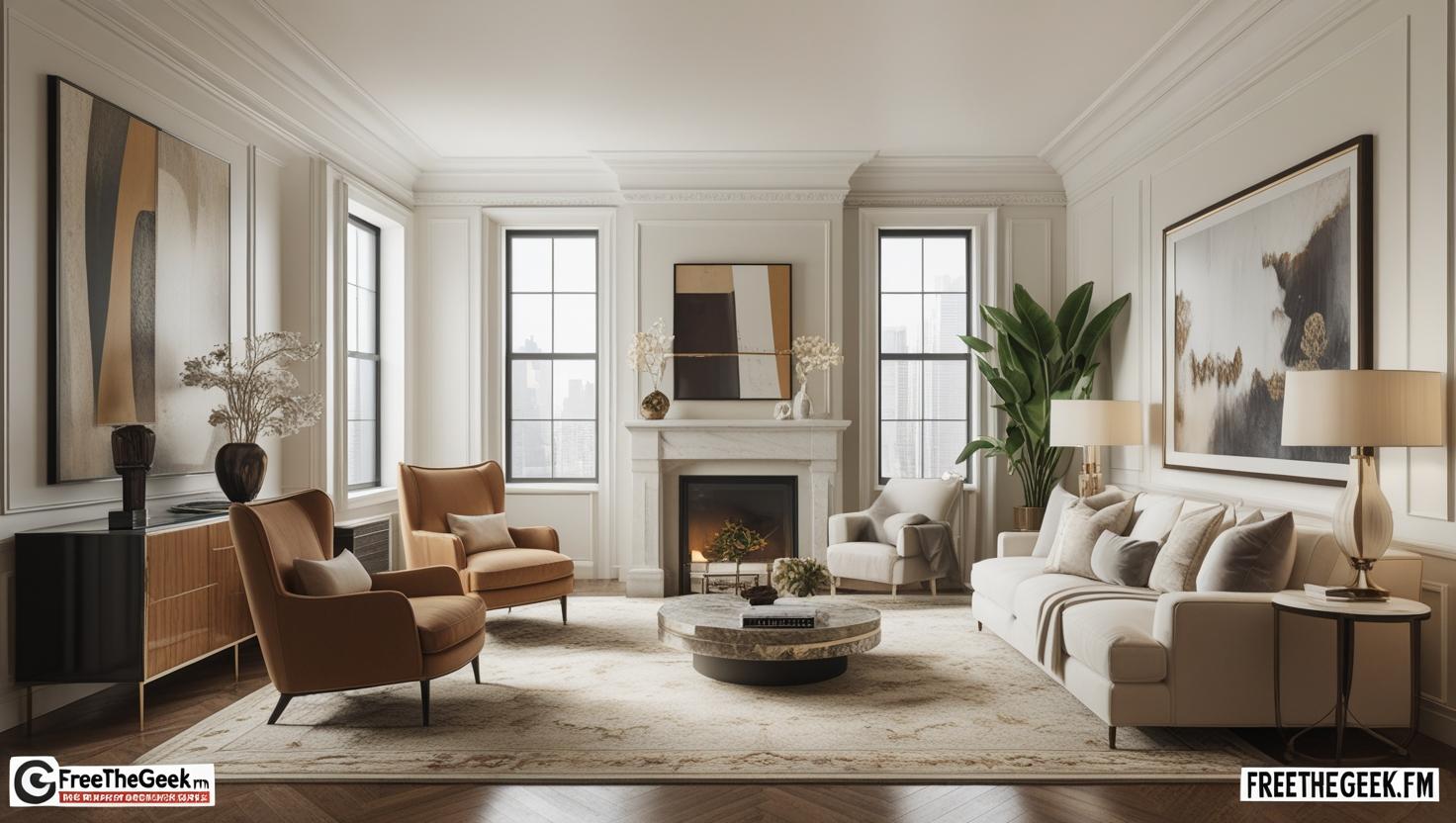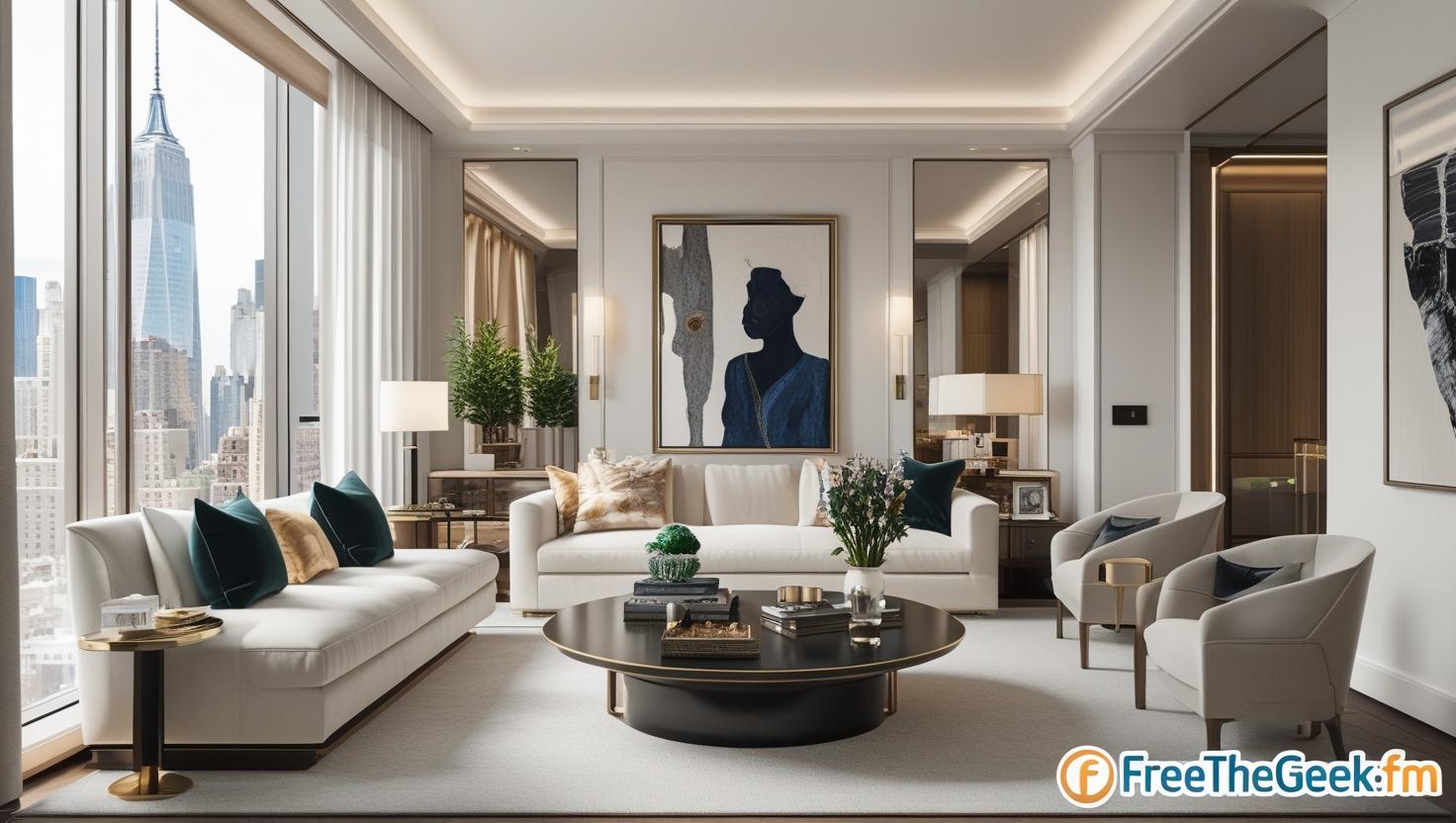Introduction
In one of the world’s most competitive real estate markets, Manhattan interior design services are more than a luxury — they’re a smart investment. From compact apartments in the Upper West Side to sprawling lofts in Tribeca, well-designed interiors can transform ordinary spaces into functional, luxurious sanctuaries. But why should you spend on professional interior design when Pinterest and DIY are just a click away? This article dives deep into why Manhattan interior design services are worth every penny, how they save you money long-term, and how they add tangible value to your property.
The Manhattan Real Estate Landscape Demands Smart Interiors

High-Stakes Living Spaces
Manhattan’s square footage comes at a premium. Whether you’re a renter, homeowner, or investor, maximizing every inch of space is essential. Interior designers are experts at:
- Utilizing vertical space
- Customizing storage solutions
- Enhancing light and air flow
- Creating multi-functional areas
Competitive Resale Market
If you’re planning to sell, staging and professional interior design can drastically increase your property’s appeal and value. According to Zillow, homes with professionally designed interiors sell 20% faster and for up to 10% more than similar properties without design enhancements.
What Do Manhattan Interior Design Services Include?
| Service Type | Description |
|---|---|
| Space Planning | Optimal room layout and furniture positioning |
| Custom Furnishing | Tailor-made furniture and fixtures that suit the unique dimensions of NYC homes |
| Lighting Design | Strategic light placement to enhance mood and energy efficiency |
| Color Consultation | Choosing shades that complement both lifestyle and architecture |
| Art & Decor Sourcing | Curated artworks and accessories that tell your story |
| Project Management | Handling contractors, timelines, and logistics for smooth execution |
The True Value of Professional Interior Design

1. Elevated Aesthetic & Personalization
Interior designers bring a cohesive vision that reflects your personality while ensuring a timeless look. In Manhattan, where every address has a vibe — from the artsy charm of SoHo to the classic elegance of the Upper East Side — your space should match the neighborhood and your lifestyle.
Benefits:
- Consistent color themes
- Harmonized furnishings
- Unique textures and focal points
2. Expert Knowledge of NYC Regulations & Architecture
Designing in Manhattan isn’t just about beauty — it’s also about following codes, permits, and co-op board rules. A local interior designer understands:
- Building codes and safety standards
- Landmark preservation restrictions
- Permit timelines
- Board approvals
This helps avoid costly delays and legal trouble.
3. Access to Exclusive Resources
High-end designers in NYC often have insider access to:
- Trade-only showrooms
- Exclusive furniture collections
- Reliable contractors and craftsmen
- Discounted materials (often passed to the client)
This insider network saves time, boosts quality, and may reduce costs.
Financial Benefits of Hiring a Manhattan Interior Designer
Long-Term Cost Savings
Think interior design is expensive? The real question is: how much will mistakes cost you?
Cost of DIY Errors:
| Mistake | Average Cost to Fix |
|---|---|
| Wrong-sized furniture | $500–$2,000 |
| Poor lighting design | $1,000–$3,000 |
| Bad paint color selection | $500+ for repainting |
| Inefficient layouts | Lost space = lost value |
Increased Property Value
Well-designed spaces appeal to buyers and tenants. Investing in interior design can yield:
- 5–15% increase in resale value
- Faster rental turnover
- Higher rental income
How to Choose the Right Manhattan Interior Designer
Look for Local Experience
Choose someone who has designed in the city and understands its nuances. Experience with NYC apartments, brownstones, and penthouses is invaluable.
Check Portfolio and Reviews
Visit their past projects or online galleries to assess their style. Look for:
- Consistency
- Creativity
- Positive client feedback
- Before-and-after transformations
Ask About Process & Budgeting
A good designer should walk you through a clear process and be transparent about:
- Design fees
- Estimated project timelines
- Material and labor costs
- Change order management
Real-Life Case Study: A West Village Transformation
A couple living in a 600-square-foot West Village apartment hired a Manhattan interior design service. Their goals:
- Add storage
- Improve natural light
- Make the space feel larger
Results:
- Built-in shelves and Murphy bed added 30% more storage
- Strategic mirror placements and soft wall colors brightened the room
- Furniture selection made the studio feel like a one-bedroom
Outcome: The property’s market value increased by $150,000 in just two years.
When Should You Invest in Manhattan Interior Design Services?
Ideal Times to Hire a Designer
- When moving into a new home
- Before listing a property
- During renovations
- After downsizing or rightsizing
- If struggling with space or flow
It’s Never Too Small to Design
Even a 400-square-foot studio deserves thoughtful design. Professional services can adapt to all budgets and scales.
Common Myths About Interior Design (Busted)
| Myth | Reality |
|---|---|
| Only for the rich | Many designers offer hourly or package-based services |
| Not needed for small spaces | Small spaces benefit more from expert planning |
| Designers impose their style | Good designers tailor everything to your preferences |
| DIY saves money | Mistakes from DIY often cost more than hiring a pro |
FAQ: Manhattan Interior Design Services
Q1: How much do Manhattan interior designers charge?
A: Fees vary widely. Some charge hourly ($150–$500/hr), while others offer flat rates per project. Expect 10–20% of the overall project cost to go toward design services.
Q2: Can a designer work with my existing furniture?
A: Absolutely. Many designers blend your current pieces with new ones to maintain emotional value and save costs.
Q3: How long does the process take?
A: Small makeovers may take 4–6 weeks. Larger projects, especially gut renovations, can take 3–6 months or more.
Q4: What’s the difference between an interior decorator and an interior designer?
A: Designers often have formal training and can work with architecture, structure, and spatial planning. Decorators focus mainly on aesthetics like furniture, art, and colors.
Q5: Do designers handle all permits and contractors?
A: Most Manhattan interior design firms offer full project management, which includes handling permits, hiring subcontractors, and ensuring compliance with building codes.
Conclusion: Worth Every Dollar
Investing in Manhattan interior design services isn’t just about beauty — it’s about creating spaces that function efficiently, reflect your lifestyle, and add long-term value. Whether you’re living in a modest studio or a luxury penthouse, a professional interior designer can help you maximize your investment and turn your property into a personal masterpiece.
